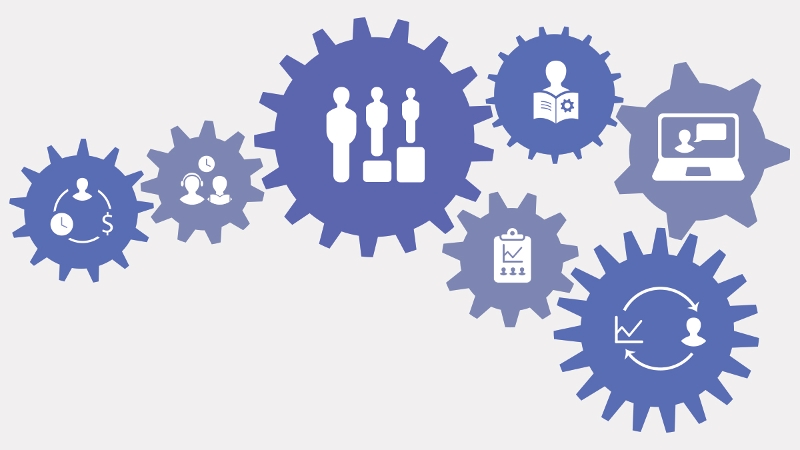Quality Indicators for the Provision of Accessible Educational Materials & Technologies

Systems change is complex. The AEM Center’s Quality Indicators guide both leadership teams and practitioners on the components of coordinated systems that provide accessible materials and technologies for all learners who need them.
Read about the principles behind the Quality Indicators and their development.

1. A Coordinated System
The agency has a coordinated system for the provision of appropriate, high-quality accessible materials and technologies for all learners with disabilities who require them.
A coordinated system means that the agency has a method for ensuring that learners who need them receive accessible formats of print and digital materials and accessible technologies.

2. Timely Manner
The agency supports the acquisition and provision of appropriate accessible materials and technologies in a timely manner.
In general, “timely manner” means that learners who require accessible materials and technologies receive them at the same time that non-disabled peers receive materials and technologies. Appropriate consideration is given to factors that could delay timely delivery. Agencies have clearly defined policies and procedures to identify and address sources of delay.

3. Written Guidelines
The agency develops and implements written guidelines related to effective and efficient acquisition, provision, and use of accessible materials and technologies.
Written guidelines include the roles, knowledge, skills, actions, alignment, and coordination required for delivery of accessible materials and technologies in a timely manner. Guidelines are communicated in multiple ways (e.g., webinars, infographics, websites) and broadly disseminated to ensure that all responsible parties can understand and apply them.

4. Comprehensive Learning Opportunities
The agency provides or arranges for comprehensive learning opportunities and technical assistance that address all aspects of the need, selection, acquisition and use of accessible materials and technologies.
Ongoing learning opportunities and technical assistance draw from multiple sources, are offered in different forms (e.g., coaching, presentations, webinars, briefs, book studies) and range from introductory to advanced to reach all stakeholders.

5. Data Collection
The agency develops and implements a systematic data collection process to monitor and evaluate the equitable, timely provision of appropriate, high-quality accessible materials and technologies.
Data are collected that measure the degree to which accessible materials and technologies provide all learners with disabilities the opportunity to acquire the same information, engage in the same interactions and benefit from the same services as learners without disabilities with substantially equivalent ease of use (Office of Civil Rights Compliance Review No. 11-11-6002).

6. Data Use
The agency uses the data collected to guide changes that support continuous improvement in all aspects of the systemic provision and use of accessible materials and technologies.
Data are systematically analyzed to gauge effectiveness of all aspects of the current system and are used to inform actions needed to improve future practice, program planning and resource allocation.

7. Allocation of Resources
The agency allocates resources sufficient to ensure the delivery and sustainability of quality services to learners with disabilities who need accessible materials and technologies.
Sufficient fiscal, human, and infrastructure resources are committed to ensure that learners’ needs are appropriately addressed (e.g., determination of need, provision of appropriate accessible materials and technologies, delivery of services, learning opportunities).
More information for stakeholders

Coordinating K–12 Systems
Learn about the elements of a robust system for the provision of accessible materials and technologies in K-12 settings.

Coordinating Early Childhood Systems
Learn about the elements of a robust system for the provision of accessible materials and technologies in early childhood programs.

Coordinating Higher Education Systems
Learn about the elements of a robust system for the provision of accessible materials and technologies in higher education.

Coordinating Workforce Development Systems
Learn about the elements of a robust system for the provision of accessible materials and technologies in workforce development programs.
